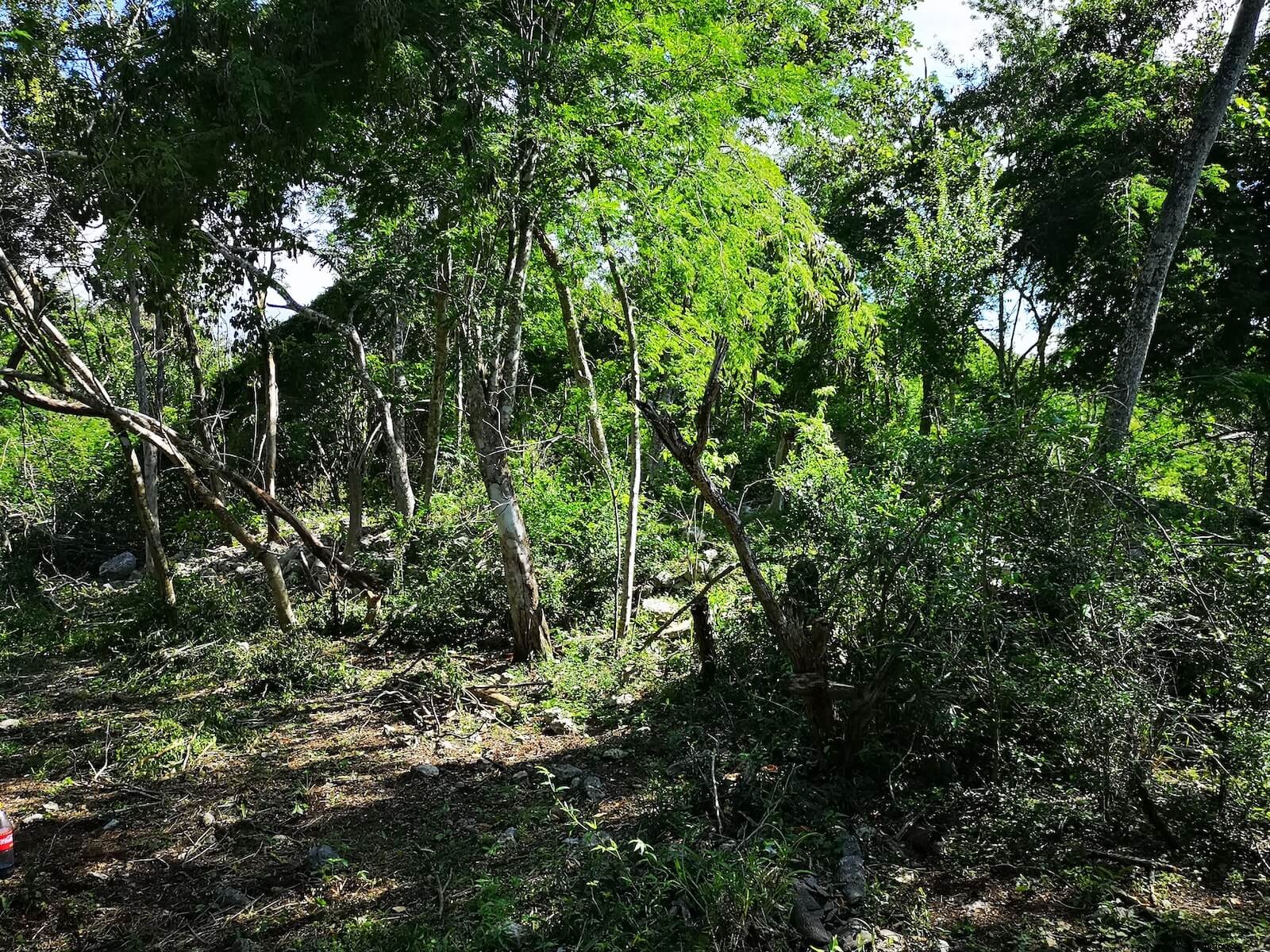
The archaeological Mayan culture developed between the middle of the second millennium before Christ and the arrival of the Spaniards in an extensive territory made up of the Mexican states of Yucatán, Campeche, Tabasco, Quintana Roo and Chiapas, as well as Guatemala, Belize, part of Honduras and El Salvador. Hundreds of cities have been documented in this territory with thousands of constructions that have been excavated since the mid-eighteenth century, revealing the complexity of this culture at a social, economic, political, religious, and scientific level, as evidenced by the results of archaeological, architectural, epigraphic or ceramic studies. However, the Mayan culture continued beyond the colonial rule, reaching the present day and unevenly maintaining the different linguistic variants, traditions, cults, and ways of life of their ancestors.
Xbaatun has been known since the 1980s during the reconnaissance work related to the Archaeological Atlas of Yucatán (Eduard Kurjack and Silvia de la Garza), and later during the extensive Izamal Project (National Institute of Anthropology and History. Inah Yucatán Center) between the early 1990s and the early 21st century.
The Oxwatz park has an area of almost 500 hectares in which the native Yucatecan flora and fauna are protected and valued, the presence of waterholes, cenotes and the Ecotourism Society established since 2005 respectfully takes advantage of the potential of the place to offer hiking trails, bicycle tourism, diving in the cenote, bird watching, sleeping in the jungle and also visiting the remains of the city of Xbaatun.
The Xbaatun Social Project
The Xbaatun Social Project It is directed by Juan García Targa (collaborator of the Barcelona Provincial Council), Carmen Varela Torrecilla (European University of the Atlantic based in Santander) and Alfonso Muñoz Cosme (Polytechnic University of Madrid). The Mexican archaeologists Geiser Gerardo Martin Medina and Cristian Hernández González are part of the project.

The Mayan toponym Xbaatun can be translated as “ place where water is collected” is an urban space located next to a watering place (lagoon) that until the beginning of the works of our project was formed by 22 constructions organized around six open spaces or squares. Within the complex, some pyramidal structures of up to 50 meters on each side and more than fifteen meters high stand out, palatial structures with rooms in their upper part and housing platforms, as can be seen in the 2005 plan made by archaeologists from the Izamal Project (Covarrubias and Estrada).
During the 2019 season we have again had the sponsorship of the company Sunway (Sitges, Barcelona), the academic support of the European University of the Atlantic and the International Ibero-American University based in the Mexican state of Campeche and the kindness of the Yucatecan journalist Marta Esther López Huan who gave us the family home. It should also be noted that we have the support of the Embassy of Mexico in Spain and the Spanish Agency for Development Cooperation and the Embassy of Spain in Mexico. Since 2020 we have had a reference website (www.mayaxbaatun.com).

The result of the 2019 campaign has confirmed that the site is much larger than we thought thanks to the routes carried out and therefore requires successive works of documentation of constructions and their location in a more precise planimetry. On the other hand, the eight stratigraphic surveys (small excavations of 1.5 meters on each side) made allow to specify the moment of occupation of the site that extends between the Formative or Late Preclassic (800-300 AD) and the Late Classic -Terminal (Cehpech Complex 800-1000 AD).
The Xbaatun Social Project brings together two aspects:1) archaeological investigation of a settlement with large structures located in an area of great interest for the study of the Mayan culture at being on the border between areas of great agricultural potential and the presence of water outcrops and 2) the social aspect that is aimed at benefiting the Tekal de Venegas and Dzoncauich communities from the work that may be carried out.
